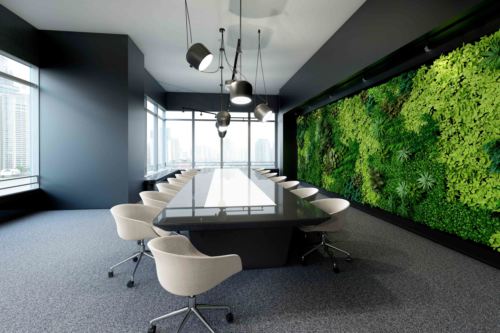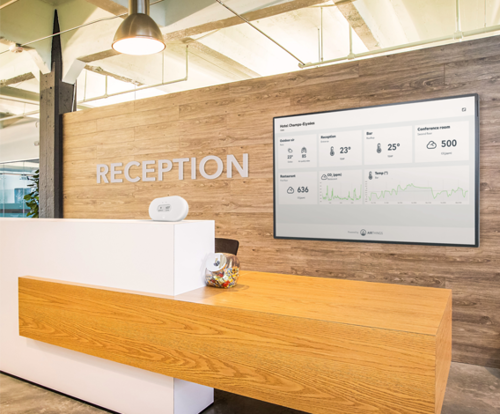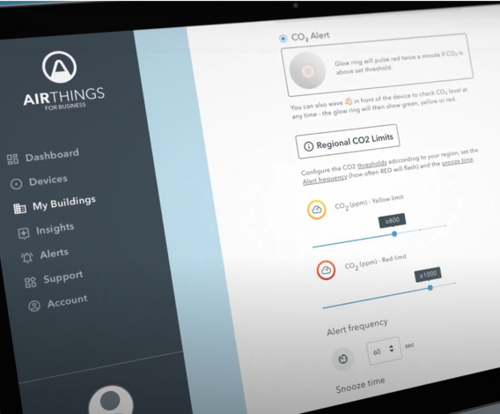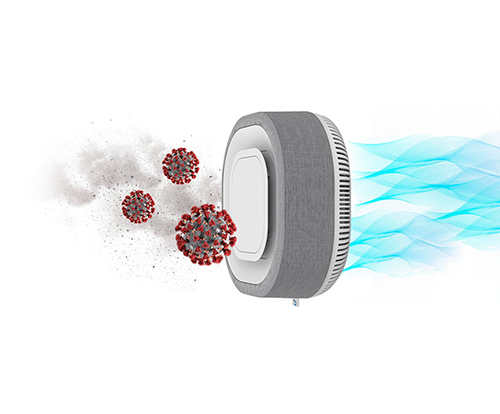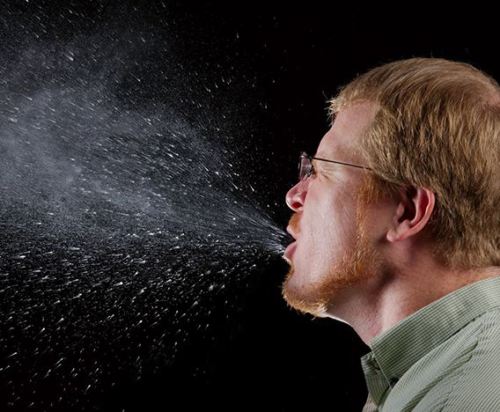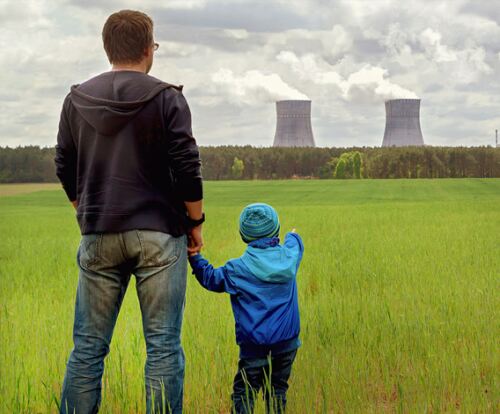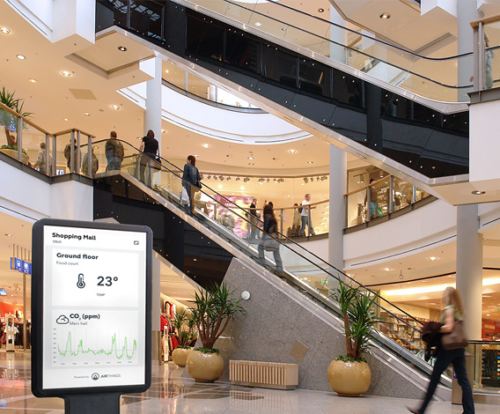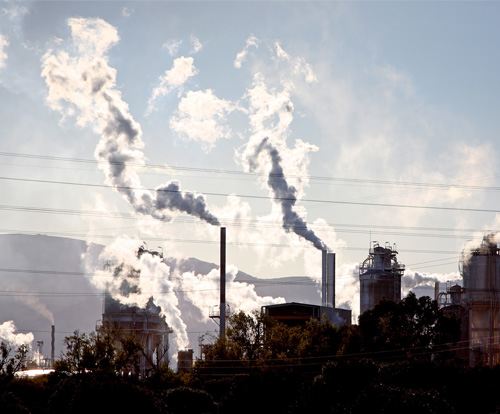
Enhance HVAC performance, improve energy efficiency and reduce emissions

Research shows that buildings account for around 40 percent of total energy use. The operational phase of a building's energy use is mainly depicted by heating, ventilation, air conditioning (HVAC), lighting, and appliances. The building's energy demand is greatly influenced by the climatic conditions and its use of HVAC systems that account for a significant proportion of a building's energy consumption, especially in hot, humid climates where it can account for more than 70 percent of total electricity consumption.

Building owners are under pressure to address poor indoor air quality by increasing ventilation, whilst actively lowering energy usage to meet ambitious emission targets. From 1st April 2023, Minimum Energy Efficiency Standards (MEES) Regulations will make it unlawful for landlords to let a commercial property not meeting the energy efficiency requirements, and also unlawful to continue letting a commercial property without improving the property’s energy efficiency to at least an E EPC (Energy Performance Certificate) rating. Landlords should also be aware that a minimum rating of EPC B will be required by 2030 and there is a newly proposed interim milestone of a minimum C rating by 2027.
The key tool that commercial real estate needs to embrace to overcome this global challenge is the informed, strategic use of data. By using sensors to monitor room occupancy, temperature and CO2 levels, building management systems can make real-time decisions to make energy-efficiency savings by reducing energy consumption in unoccupied areas. In addition, the BMS also ensures the correct temperature and air flow in occupied areas of the building, keeping it compliant with new regulations and reducing the risk of virus transmission.
Latest Articles
The business risks emerging from the global COVID-19 pandemic
Read More >Why indoor spaces have a higher risk of virus transmission
Read More >High absenteeism and reduced wellbeing
Read More >How does air quality affect your business
Read More >What the experts say
Read More >Risk indicators and monitoring
Read More >Ventilation and filtration
Read More >Transmission & Prevention
Read More >The History of Air Pollution
Read More >Ambient Air Pollution
Read More >Indoor air pollution & the indoor generation
Read More >Climate change and the climate emergency
Read More >What’s in the air we breathe outdoors?
Read More >What’s in the air we breathe indoors?
Read More >Other indoor biological pollutants
Read More >How air pollution affects our lives
Read More >